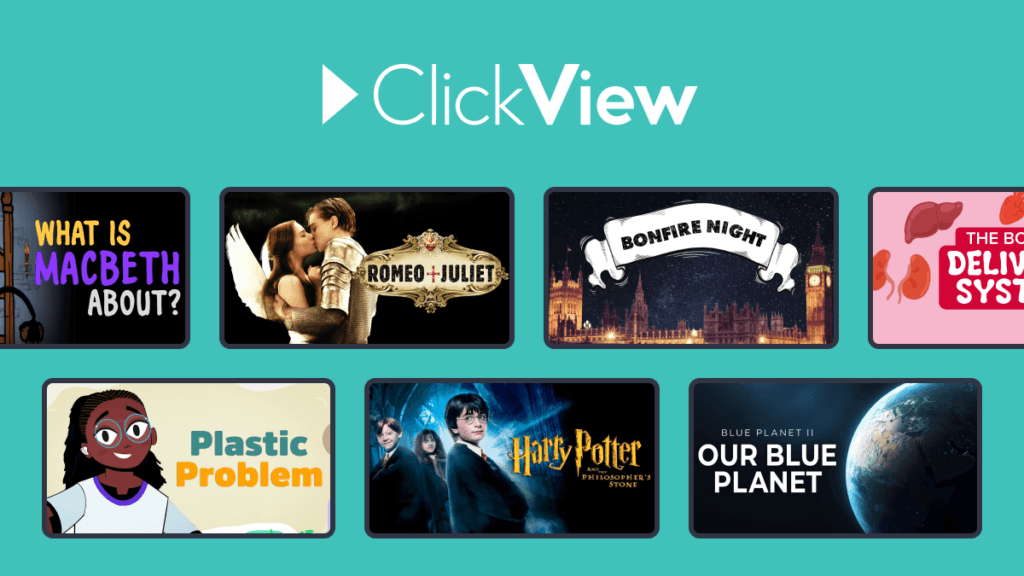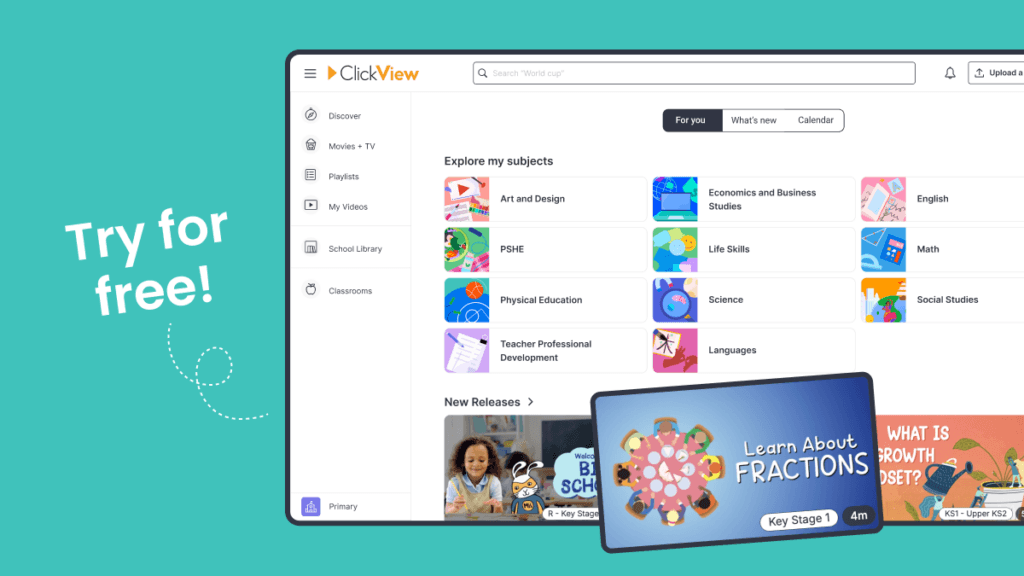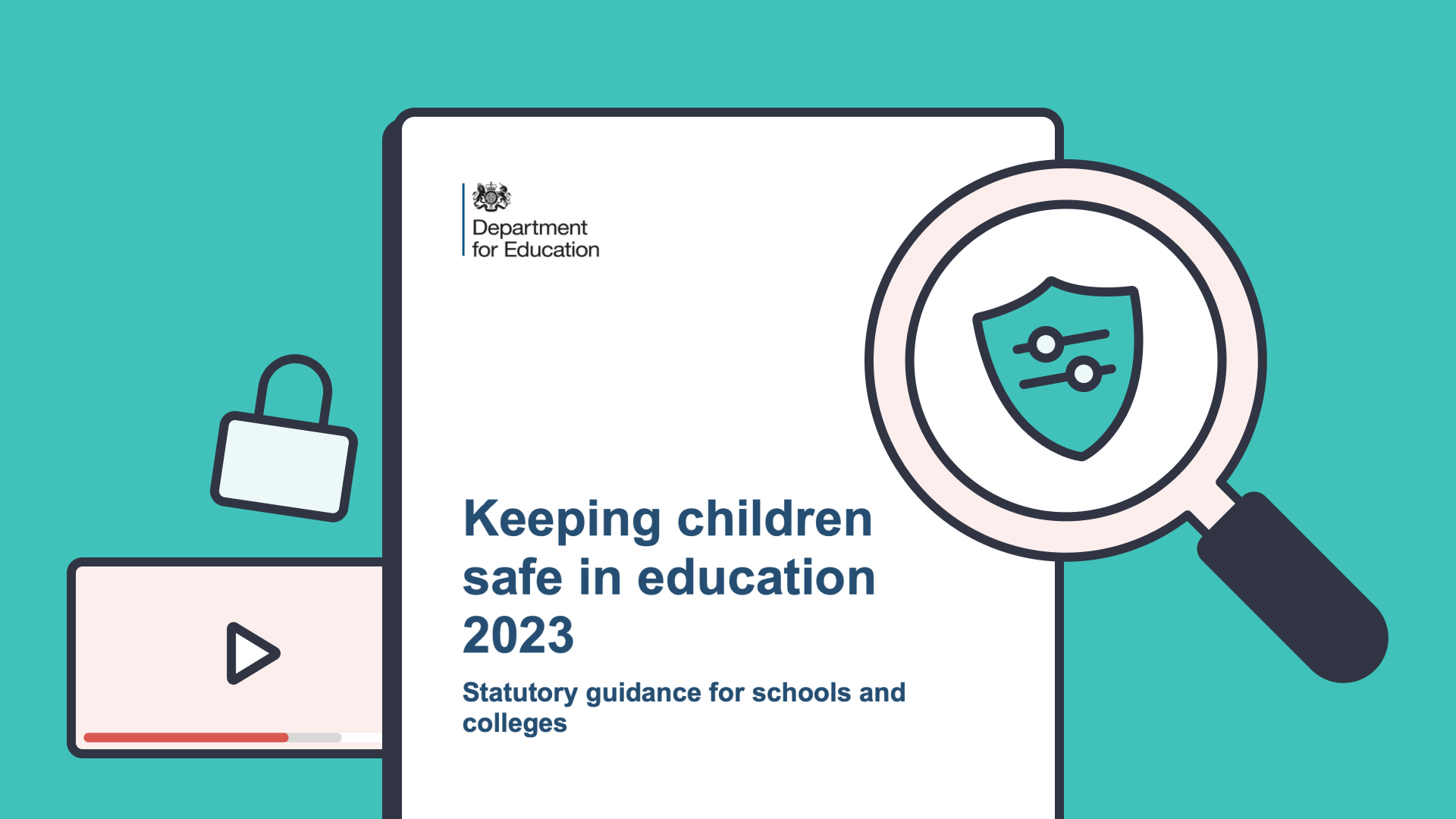The one thing your annual KCSiE filtering and monitoring review might miss
In this guide
As we head into the summer, many school and multi-academy trust (MAT) leaders in England will be reviewing their Keeping Children Safe in Education (KCSiE) filtering and monitoring procedures. In September, the 2023 filtering and monitoring update will have been in force for a year.
Included in the Department for Education’s guidance is the requirement that, “All staff should receive appropriate safeguarding and child protection training (including online safety which, amongst other things, includes an understanding of the expectations, applicable roles and responsibilities in relation to filtering and monitoring […])”. This training should be given at induction, the guidance states, and updated regularly.
Arranging and delivering training is one thing. But how confident are you, as a school or MAT leader, that you’re equipping staff with the appropriate tools to allow them to effectively carry out what they’ve learned?
The human factor
Indulge me in a quick digression from education to cybersecurity to illustrate the point I want to make.
Cybersecurity is an enormous global industry. It’s estimated that in 2024 organisations worldwide will spend almost $283 billion (US) on cybersecurity products and services to protect their systems and data.
Today’s technology can defend against even the most sophisticated adversarial AI and malware – but the irony is, technology typically isn’t responsible for breaches. 95% of cybersecurity issues can be traced to human error, according to the World Economic Forum. The problems are caused by a raft of different factors, from weak passwords to clicking on harmful links and falling foul of phishing scams.
Now consider your filtering and monitoring safeguards in a similar light. You may have introduced appropriate firewalls, filtering systems and so on, to stop students accessing undesirable websites. But this won’t prevent your teaching staff from proactively (if entirely inadvertently) introducing harmful video content to classrooms.

Reliable videos are a safeguarding priority
Much of the emphasis on controlling online content in schools focuses, naturally, on pupils – making sure they aren’t able to access anything dangerous, disturbing or inappropriate.
When it comes to video in the classroom, however, the onus is on teachers to ‘filter out’ bad content – however manual that process may be. With 91% of teachers using YouTube in the classroom* and 500 hours of content being added to YouTube every minute, filtering it is an onerous job. Discovering whether a video is age-appropriate for school children will generally require watching it all the way through. And sadly, with teacher workloads what they are, more than half of teachers (60%) say they spend fewer than 10 minutes searching for the right video for their needs.* Given the average length of a YouTube video is over 11 minutes, this suggests most teachers aren’t adequately vetting videos before sharing them.
Equipping teachers to adhere to the guidelines
The problem here clearly isn’t one of intent. Teachers want to use videos in class because they support the curriculum: bringing topics to life and engaging learners. They have no intention of showing anything inappropriate or harmful to their students. But if they’re not given the proper tools, they are – I would argue – being set up to fail.
Most teachers use their personal YouTube accounts or streaming services, such as Netflix, to share videos in class. Very few have premium subscriptions, which means not only might the videos themselves contain dangerous content but there will be unvetted adverts appearing on screen. Over half (53%) of teachers experience inappropriate, embarrassing or unsafe content in YouTube adverts when showing videos in the classroom*.

Teachers don’t have the time or the tools to source and vet videos effectively: 73% experience inappropriate, embarrassing or unsafe content on YouTube during lessons*. It’s one reason why schools and MATs use ClickView: to relieve pressure on teachers and remove the risk of inappropriate videos being shown in class. Christina Jamil, CEO, LDBS Academies Trust says, “ClickView adds a layer of security to our teaching and learning materials through their safe selection of resource. As a CEO of twelve schools, this gives me peace of mind.”
Safe video content outside of the classroom
The issue of effective filtering and monitoring extends outside the classroom. There are suggestions that the guidance in this area may be updated further in 2025 to touch on the processes for out-of-hours issues.
In a school where teachers are using YouTube in class, children may also be encouraged to conduct their own video-based research on the platform at home. In those instances, pupils could be exposed to inappropriate content via either adverts or videos. YouTube’s own terms of service state users must be 13 years or over to use the service.

In schools that use ClickView, Teachers can share videos through the learning management system (LMS) so students can safely conduct their own video-based learning out of the classroom.
Curriculum benefits beyond safeguarding
When it comes to applying the filtering and monitoring guidance, then, ClickView makes sure that the one thing that might slip through the net – video in class – is covered.
With all the best on-demand, copyright cleared and ad-free movies and TV programmes available fully vetted, the onus is no longer on teachers to check videos are safe and appropriate.

While the safeguarding aspect might bring our platform to schools’ attention, the benefits are felt far beyond the KCSiE filtering and monitoring impact.
Videos are curated and curriculum-aligned, for every subject and learning level. The platform is intuitive, so teachers waste time trawling through irrelevant videos to find what they need. Teaching staff can add to the available materials by recording their own videos. They can use the classroom-ready resources that come as standard – or create their own, turning any video into an interactive quiz. The insights dashboard highlights gaps in student understanding, to focus teaching on high-impact areas.
ClickView is trusted by 20,000 teachers from some of the world’s most innovative schools, including Debbie Seeker, Principal, Richmond Hill Academy, who says,
ClickView has had a significant impact. The reduction in workload for staff while producing content of a high quality is appreciated by staff and leaders.
Trialling ClickView is completely free. Get in touch to organise a demo for your school.

*Teacher Tapp Survey of 7,000 UK teachers carried out in June 2023

Michael Wilkinson
briefcase iconManaging Director
Michael Wilkinson is the UK Managing Director of ClickView, an award-winning curriculum resource, trusted by over 7,000 schools and colleges. ClickView is home to a wide range of curriculum-aligned video content, plus the best educational documentaries, TV series and feature films, improving student engagement, reducing teacher workload and enhancing learning.
Other posts
Want more content like this?
Subscribe for blog updates, monthly video releases, trending topics, and exclusive content delivered straight to your inbox.






